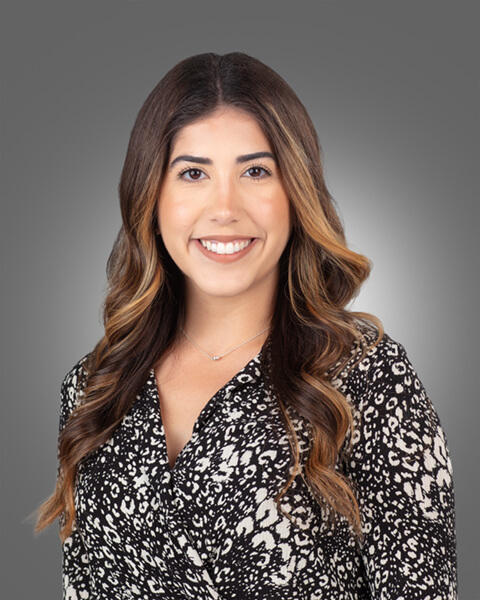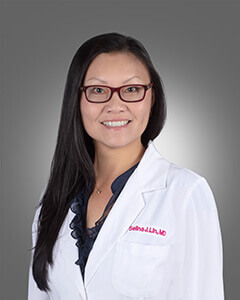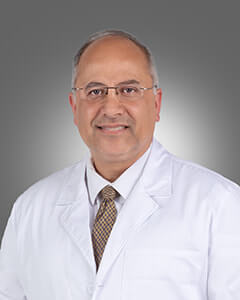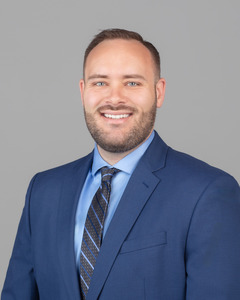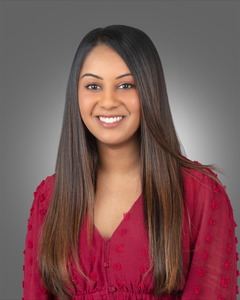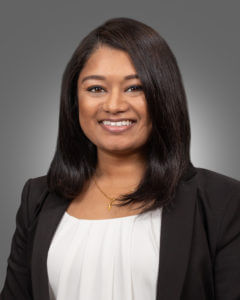Dry Eye is the term used to describe eyes that do not produce enough tears or eyes that produce tears of the wrong chemical composition.
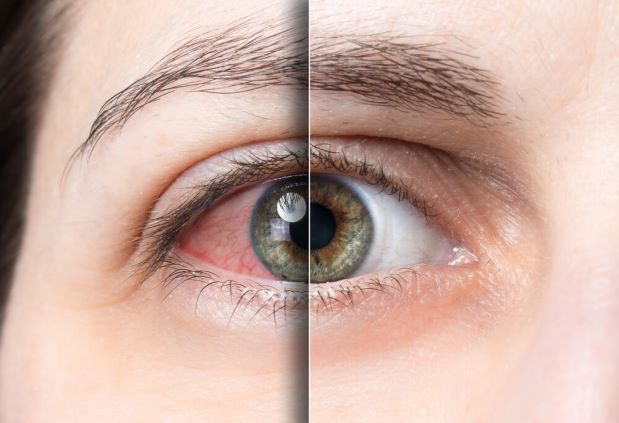
Dry Eye is most often a result of the eyes’ natural aging process. Most people’s eyes tend to become drier as they age; however, the degree of dryness varies and some people have more problems than others.
In addition to age, dry eye can result from:
- Problems with normal blinking
- Certain medications such as antihistamines, oral contraceptives, and antidepressants
- Environmental factors such as a dry climate and exposure to wind, air-conditioning, and heat
- General health problems such as arthritis or Sjögren’s syndrome
- Chemical or thermal burns to the eye
- Previous eye surgery
Dry Eye symptoms can vary from person to person, but the following are the most common:
- Irritated, scratchy, dry, or uncomfortable eyes
- Redness of the eyes
- A burning sensation of the eyes
- Blurred vision
- Feeling of something in the eye
- Excessive watering as the eyes try to comfort an overly dry eye (reflex tears)
- Eyes that seem to have lost their normal clear glassy luster
If untreated, Dry Eye can be more than just irritating or uncomfortable. Excessive dry eye can damage eye tissue and possibly scar the cornea, the transparent front covering of the eye, impairing vision. Contact lens wear may be more difficult due to the possibility of increased irritation and a greater chance of eye infection.
Avoid over the counter “EYE WHITENERS” such as VISINE, CLEAR EYES, ALBALON, ALLEREST, ALLERGY DROPS, DEGEST 2, COLLYRIUM FRESH, COMFORT EYE DROPS, EYE GENE, ESTIVIN, ISOPTOFRIN, MURINE PLUS, PREFRIN, NAPHCON, OCU-CLEAR, RELIEF, 20/20 EYE DROPS, VASOCLEAR, VASOCON, AND ZINCFRIN.
These drops contain naphazoline, phenylephrine, tetrahydrozoline, or oxymetazoline and are not specifically for dry eyes. If you use these drops too often, they will lose their effectiveness and keep your eyes looking red. These drops are fine for occasional use to decrease redness.
We have “Dry Eye Kits” available at all of our locations. The items in the kits are what our doctors recommend most often. The kits are available for purchase at any time and are convenient to avoid a trip to the store after your eye exam. Ask us for more information at your next visit.
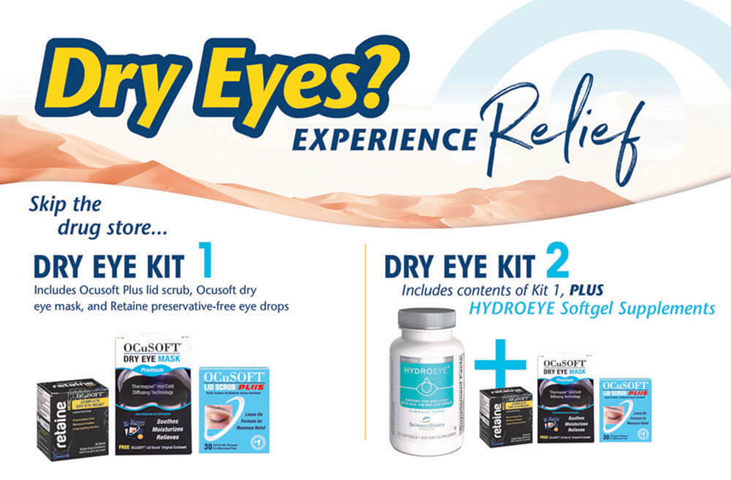
Artificial Tears-Lubricating Eye Drops
Artificial tears are available with or without preservatives. If the drops burn or sting when you put them in your eyes, you are either not using them often enough or your eyes may be sensitive to the drops. Try some others. Some people need to use these drops as often as every 30 minutes to keep their eyes comfortable. Also, use the drops often enough to prevent your eyes from feeling dry, rather than waiting until they become irritated. We recommend that you use the newer artificial tears with oil.

Eye Ointments
If your eyes bother you during the night or when you first awaken in the morning, you may want to use an eye ointment in your eyes at bedtime.
Three similar eye ointments that are available without preservatives are:
- Refresh PM
- Systane Nighttime Ointment
- Hypo Tears Ointment
If you are experiencing the symptoms of dry eye, your Eye Doctor can perform “dry eye” tests using diagnostic instruments to give a highly magnified view and special dyes to evaluate the quality, amount, and distribution of tears. Your Eye Doctor will also need to know about your everyday activities, your general health, medications you are taking, and environmental factors that may
be causing your symptoms. Unfortunately, dry eye cannot be cured, but your eyes’ sensitivity can be lessened and treatments prescribed so that your eyes remain healthy and your vision is not affected.
Possible treatments include:
- frequent blinking to spread tears over the eye, especially when using a steady focus for an extended period of time, e.g., reading, driving, T.V.
- changing environmental factors such as avoiding wind and dust and increasing the level of humidity
- using artificial tear solutions
- using moisturizing ointments, especially at bedtime
Other Forms of Treatment
Punctal Plug
insertion of small plugs in the corner of the eyes (punctum) to retain tears on your eye. In rare cases, surgery may be recommended. Whatever treatment is prescribed for you, it is very important that you follow your Eye Doctor’s instructions carefully. Dry Eye does not go away. However, by working together, you and your Doctor can keep your eyes healthy and protect your good vision.
If you are suffering from Dry Eyes or think you might have Dry Eye symptoms, please contact us to schedule an appointment. We have locations in Auburndale, Clermont, Haines City, Lakeland (2 locations), Lake Wales, Sebring, and Winter Haven to help with your dry eye issues.





